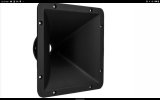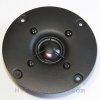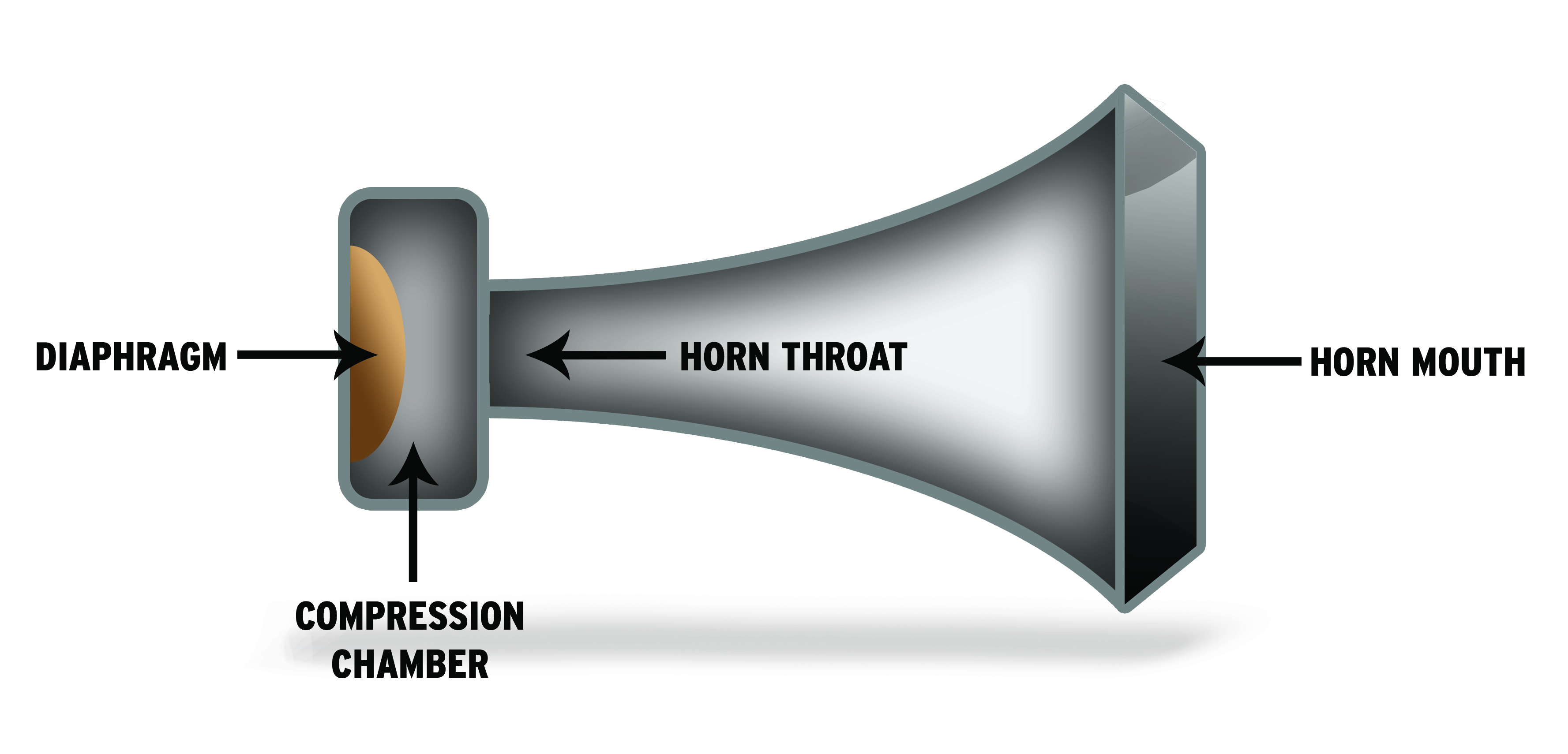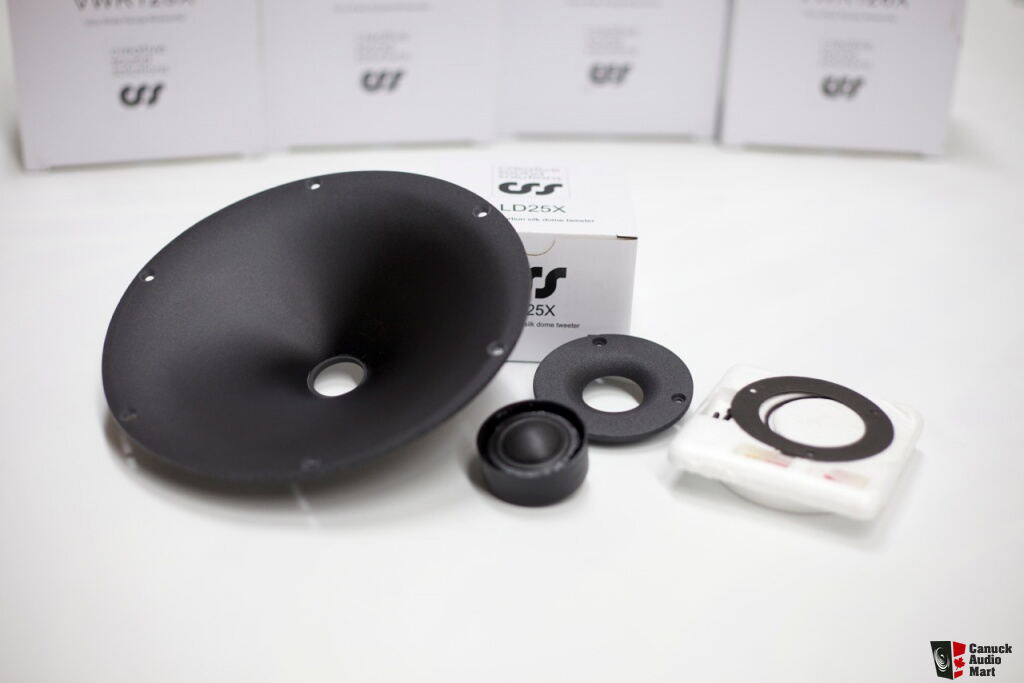DanielT
Major Contributor
Is there an accepted definition of what respectively, horn / waveguide is? Or are the definitions blurred?
Or, ..how should you really see that? A horn speaker amplifies the sound acoustically. So does a tweeter equipped with a waveguide. But why do people sometimes talk about horns loaded tweeters, is not it the same as tweeter with a waveguide?
Or should it be a compression driver with a horn equipped, to be considered a horn?
Or, ..how should you really see that? A horn speaker amplifies the sound acoustically. So does a tweeter equipped with a waveguide. But why do people sometimes talk about horns loaded tweeters, is not it the same as tweeter with a waveguide?
Or should it be a compression driver with a horn equipped, to be considered a horn?







